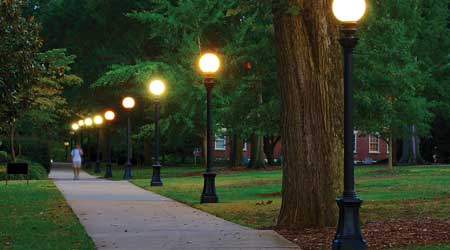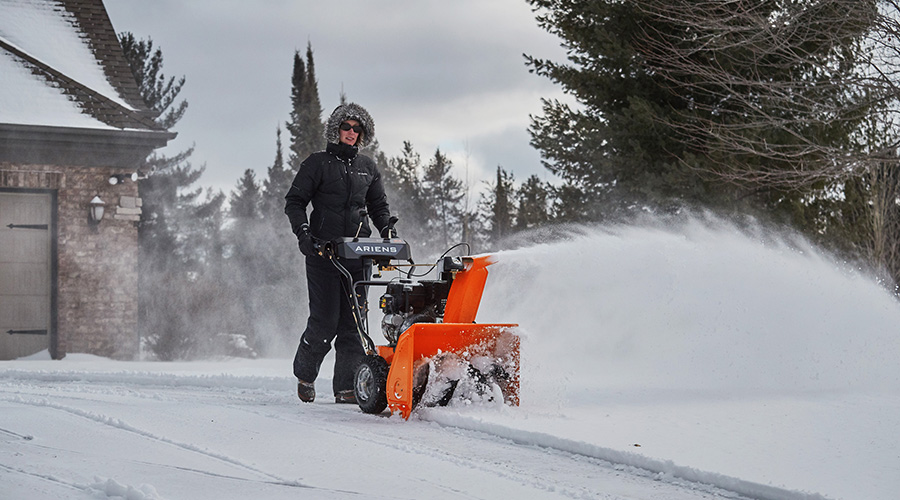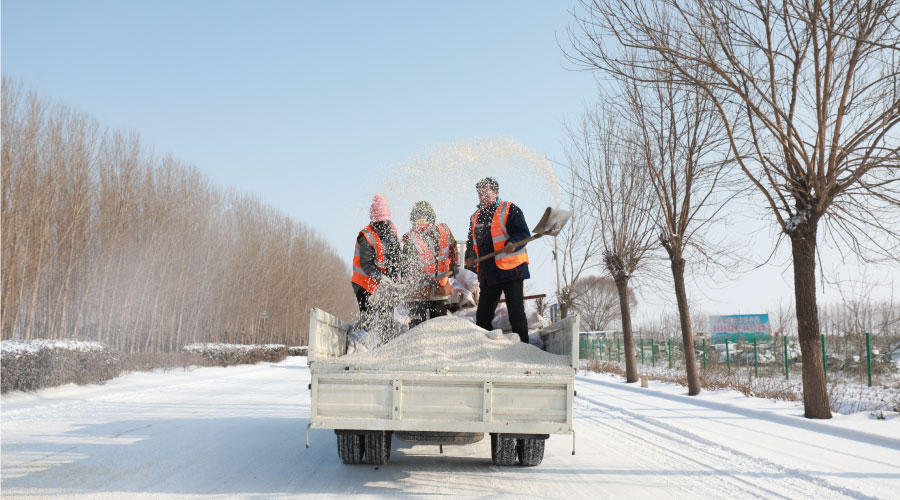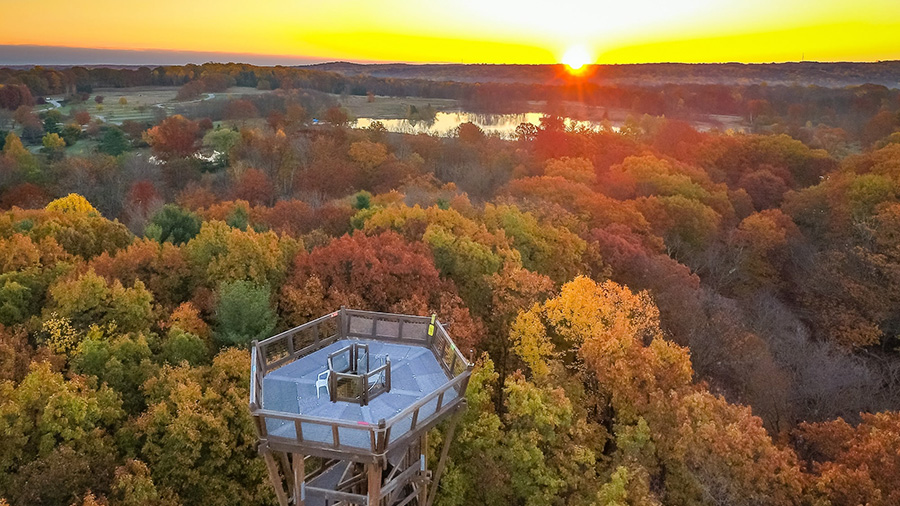 Not long ago, hardscapes were regarded only as needed infrastructure, but this approach has changed, allowing for unique opportunities.
Not long ago, hardscapes were regarded only as needed infrastructure, but this approach has changed, allowing for unique opportunities.Hardscapes: Design and Guidelines for Success
Smart decisions on concrete surfaces, lighting and retaining walls can provide benefits for landscapes
Managers can become overwhelmed by all of the available hardscape choices. They can avoid this issue by using design guidelines for landscapes and facilities. While an architect and a representative from upper management are likely to oversee this process, it is critical for the both the facility and grounds departments to be represented, since they are responsible for the long-term success of the materials used.
These design guidelines should outline the style of materials to be used and colors where appropriate. This process will promote consistency across a large facility, and it will give managers direction on the use of sustainable materials. It is important to know if specifying these materials is expected. If so, managers need to consider the return on investment in sustainable options, such as LED lighting, as many of them will deliver savings to the institution over time.
Having guidelines on design also will ensure that hardscape components contribute to a sense of place for a landscape instead of detracting from it. Just as it does not make visual sense to use lava rock as a pathway by the beach, it would not make sense to have a sand path in the mountains.
While specifying materials, managers need to remember that hardscapes are integral parts of landscapes. They do not make landscapes on their own. Instead, they work with living plants to create the first visual impression of a property. When possible, managers should give plants the room they need to survive and thrive. When planting trees near hardscape areas with little room for root zones, consider modular suspended pavement systems to provide room for root growth and to protect the pavement.
Brandon Haley, CGM, is a grounds project manager for SSC–Services for Education, a university and K-12 facilities services provider. He is also a Certified Grounds Manager through the Professional Grounds Management Society with 22 years of experience in the green industry.
Related Topics:















